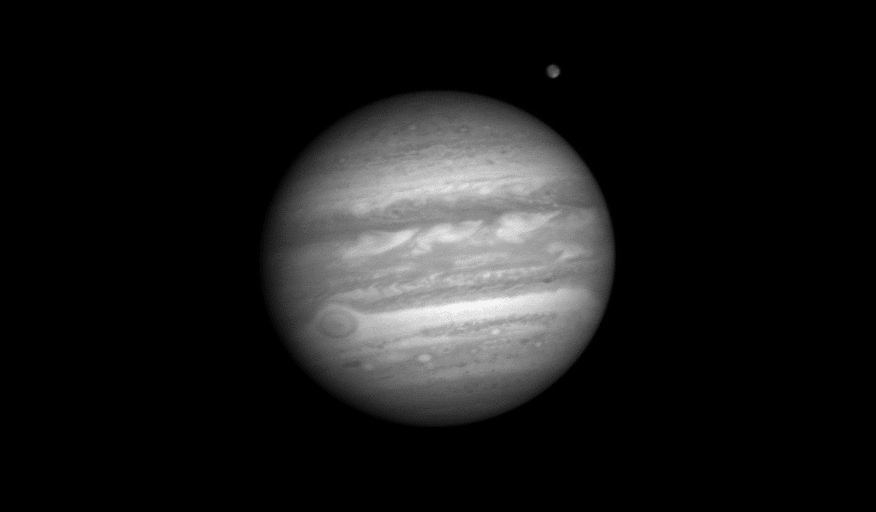Emily Lakdawalla • Jan 23, 2007
New Horizons' raw images are now online
I got an email from John Spencer this morning telling me that the mission had posted all of New Horizons' most recently acquired images on the mission website. This is intended to imitate the way that the Mars Exploration Rover and Cassini missions post their raw images, a practice that makes it much more exciting to follow the missions every day. Unlike the rovers and Cassini, the New Horizons mission hasn't yet automated the image posting process -- there would be no point in the mission spending the resources on developing the computer code to automate the process for the Jupiter encounter, when that code will then lie unused for nearly eight years of hibernation. Instead, the posting of the images is done manually, so there will be some time lag between the acquisition of the images and their posting on the team website. There is a positive side to this lag: John told me that the images have already had some calibration steps performed on them (they have been flat-fielded, and readout smear has been removed), making them prettier than they would be if they were utterly raw. Thanks to the New Horizons team for making these images available!
As of this moment, there are 68 images on the site, including four sets of 11 frames focused on Jupiter to watch the planet rotate. Here's one of those animations:

I've been asked by disappointed observers why these images are only in black and white. The answer is because New Horizons is currently so far from Jupiter -- in the case of the animation above, more than 80 million kilometers away -- that only the long-range LORRI imager is capable of getting good views of the planet, and LORRI is designed to take long-distance views of very dim targets, so it doesn't have color capability. Have patience! New Horizons' other optical remote sensing instruments, including Alice, MVIC, and LEISA (which have ultraviolet, visible, and infrared color imaging capability, respectively), have to wait to begin capturing images of Jupiter system targets until they are much closer to the planet, about four days out from closest approach.
Support our core enterprises
Your support powers our mission to explore worlds, find life, and defend Earth. You make all the difference when you make a gift. Give today!
Donate

 Explore Worlds
Explore Worlds Find Life
Find Life Defend Earth
Defend Earth

